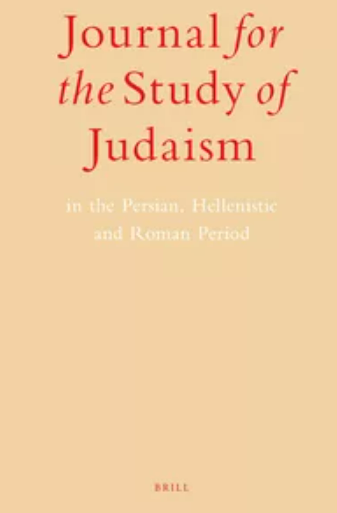베냐민, 유다 산지, 예루살렘 지역의 고고학적, 문헌적 연구는 기원전 11-10세기 사울과 다윗의 왕국 형성과 관련된 중요한 논제이다. 고고학 자료는 베냐민이 철기 IB 시대 유다 산지와 별도로 독립적인 전략적 지역이었음을 증명한다. 베냐민 산지의 요새화, 계단식 농법의 발전, 블레셋의 침입의 흔적들 등과 같은 요소들이 그 증거이다. 반면 유다 산지는 동시대에 상대적으로 덜 정치적으로, 경제적으로 발달한 지역으로, 유다 왕국의 기반은 이른 철기 IIA 시대부터 헤브론과 베들레헴 지역에서 시작되었다. 이후 유다 왕국은 계단식 돌구조물과 거대한 돌구조물, 일부 공공 건물들 등으로 증명된 요새화 과정을 통해 수도로 발전한 예루살렘을 근거지로 삼아 북부 베냐민 산지와는 상관없이 남부 베냐민 산지와 북부 유다 산지와 밀접한 관계를 맺으며 발전하기 시작했다. 고고학 자료는 기원전 10세기 초중반 이후, 유다 왕국이 블레셋과의 전쟁을 통해 발전하여 영토를 확장하고, 점차 쉐펠라에 대한 주도권을 확보한 것을 보여준다.
Archaeological and literary studies on the Benjamin, Judean Highlands, and Jerusalem regions are critical fields of research for understanding the formation of the kingdoms of Saul and David in the 11th-10th centuries BCE. Archaeological evidence indicates that during this period, Benjamin functioned as a strategically independent region, distinct from the Judean Highlands of the Iron IB period. This distinction was shaped by factors such as fortification efforts, advancements in terracing agriculture, and Philistine incursions. In contrast, the Judean Highlands were comparatively less politically and economically developed. The foundation of the Judahite kingdom began in early Iron IIA, centered around Hebron and Bethlehem. Over time, Judah expanded and developed, with Jerusalem emerging as its capital through fortification processes, as evidenced by the construction of stepped stone structures, large stone structures, and certain public buildings. The archaeological record further suggests that from the early-to-mid-10th century BCE onward, the Judahite kingdom extended its territory through wars with the Philistines, gradually securing dominance over the Shephelah.


.jpg)




